
I often teach classes on putting together a yearly menu plan and how to store foods so they last. One of the things I stress most is the importance of being able to make bread! That’s a critical part of food storage – at least mine.
Inevitable, someone always asks me how to store yeast long-term and I’ve never had a great answer, well… until now.
By chance, I happened to meet Melissa Richardson this year who has written an entire book on Baking with Natural Yeast. I immediately bought the only copy on her and started studying it. To be honest, I don’t know anyone who cooks with Natural Yeast, let alone knows how to start it and care for it.
My main goal in reading her book was to know how to create my own never-ending supply of yeast for my food storage (which it does teach), but I was shocked about what else I learned in the process.
Natural Yeast vs Commercial Yeast
Most of us know we need yeast for bread to help make it rise and keep it light and airy. The most familiar yeasts are Fleischmann’s Active Dry Yeast® that was developed after World War II and also the RapidRise™ yeast that came about in 1984.
Natural Yeast was quickly ditched for the convenience of commercial “instant” yeasts, leaving generations like mine not even realizing that for the first time in thousands of years we are eating bread that is not made with natural yeast.
You might be asking what is the big deal – at least that’s what the rebel in me wondered.
Commercial Yeast Might Be Making You Sick
Anytime you introduce something foreign to your body, you run the risk of your body rejecting it. For nearly 6000 years people all over the world have been using natural yeast to make bread, so to now go to a synthetic yeast may be a contributing factor to some of our society’s recent ailments.
Now before you start thinking I’m anti commercial yeast – I’m not. One look in my freezer will make you wonder if I hold stock in the stuff. I just found it absolutely fascinating some of the health benefits people are noticing when they switch back to natural yeast.
As I mentioned earlier, in the 1980’s most of our society switched to the finer, highly active yeast that is able to raise dough faster than ever before. Around this same time other trends also begin to take place that Melissa mentions in her book…
The 1980’s also saw another trend- the beginning of a continuing spike in celiac disease, gluten intolerance, acid-reflux disease, diabetes, and wheat allergies. There is evidence natural yeast can help combat these problems.
There have been many instances noted where people have been able to finally enjoy bread again without having a diabetic spike, allergic reaction, or heartburn – all because they switched to bread made with natural yeast.
This especially interested me, because my nephew has celiac disease and is banned from anything with wheat. Melissa mentions several people with his same condition who have tried bread made with natural yeast and had no reaction to it.
I’m not sure if my sister-in-law will let me test out this theory on her son, but if she does, I’ll let you know how it goes!
What is Natural Yeast?
So what exactly makes up natural yeast? I’ll let Melissa explain…
Wild, Natural Yeast is everywhere – in the air you breathe, on the bark or trees, on leaves. Have you ever seen the white film on backyard grapes? That’s wild yeast. The same film can be found on juniper berries. For centuries, both berries have been uses as a natural “start” for bread yeast.
Yeast is a single fungus and it’s the first domesticated living creature in history. Modern science has identified more than 1,000 different varieties of wild yeast. These organisms are so small that hundreds of millions, if not billions, fit into a single teaspoon.
But not all yeast varieties are the same. For example, the yeast used to make beer is not the same kind of yeast used to make bread. Different natural yeasts have different flavors – some are strongly sour, some are mildly sour, and some are not sour at all. Some are better at raising breads than others. This is why the best strains of natural yeast have been passed down through generations and communities. – The Art of Baking with Natural Yeast
Benefits of Natural Yeast:
It can be hard to give up the conveniences that commercial yeasts offer, but after learning about the many benefits of natural yeast it’s something I definitely want to try!
Here are some of my favorite benefits she mentions:
1- Never Buy Yeast Again!
Before I read Melissa’s book, this was my one and only purpose I had to wanting to learn how to maintain a natural yeast start. Bread plays a critical role in my food storage plan, so knowing how to care for yeast is an important skill to learn if I plan to make bread as often as I hope.
Also, being prepared and living a self-sustainable lifestyle go hand in hand, so I’m always looking for ways to be able to cross off an item and avoid going to the store altogether. That’s my dream at least; I can’t even begin to tell you all the scenes my kids cause there ;)
2- Feel Full & Eat Less
Bread often gets a bad rap, because you can’t stop eating the stuff.
I eat at least a few baskets of rolls every time I go to Texas Roadhouse (ok, maybe a few make it into my purse for later), but those things are seriously addicting.
Science has been able to prove that natural yeast slows digestion so people not only feel full longer, but it helps them to eat less.
3- Lowers the Body’s Glycemic Response to Carbs
A 2009 study from the University of Guelph, showed the following results:
Not only did natural yeast bread lower the glycemic response better than whole wheat bread made with commercial yeast, but the body’s glycemic response also remained lower when eating a meal hours later. No other kind of bread produced the same result.
This may be especially good news for people who have diabetes, but according to the following report, most people could benefit from eating foods that help to lower their glycemic response:
Consistent consumption of high GI foods may increase risk factors associated with obesity, type 2 diabetes, and heart disease. Conversely, the consumption of foods that elicit low glycemic responses may help to reduce such risk factors. A lower glycemic response is thought to correspond to less insulin release, better long-term blood glucose control and a reduction in blood lipids. While there is no definitive proof that reducing glycemic impact will prevent disease on an individual basis, some research suggests that reducing the glycemic effect of the diet may reduce disease risk. A growing number of studies suggest that reducing the glycemic impact of the diet may help consumers eat fewer calories, however not all investigators and reviewers have reached the same conclusion.
– Hubrich B, Nabors, L.O. Glycemic Response. Food Product Design. 2006:3-17.
The benefits on natural yeast don’t stop there. They break down harmful enzymes in grains, makes vitamins and minerals more easily available for digestion, converts dough into a nutritious food source that won’t spike your body’s defenses, and so much more you’ll learn in her book.
Getting Started with Natural Yeast
Natural yeast can be intimidating, because it’s alive and requires daily feeding and maintenance.
I have a hard enough time remembering to feed our turtle once a week, let alone bacteria in the fridge.
Melissa understands this, and in her book she does an excellent job explaining everything step by step with detailed pictures, examples, and lots of great tips and tricks to help keep your new pet alive ;)
Once you’re ready to start baking she has a load of basic recipes your family will love such as: everyday breads, nut breads, pancakes, waffles, muffins, cakes, cinnamon rolls, breadsticks, pizza dough, and so much more. She even adds some detailed tutorials for artisan bread and shaping dough.
Beyond Basics with Natural Yeast
Melissa recently just finished her 2nd book Beyond Basics with Natural Yeast that is just as incredible as her first. It begins with a brief summary about starting, growing, and using a starter and then jumps right into recipes that are beyond impressive.
These are the following sections you’ll find her book along with one of my favorite recipes from each:
Bread
 Jalepeno Cheddar Sourdough Bread
Jalepeno Cheddar Sourdough Bread
Breakfast

Carrot Cake Waffles
Crackers
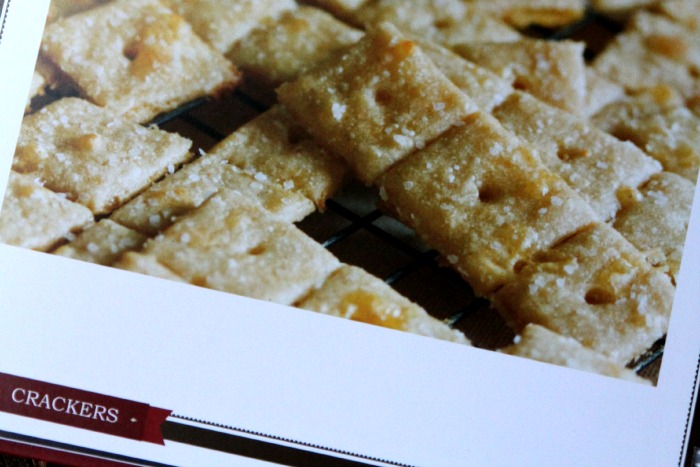
Cheese Crackers
International
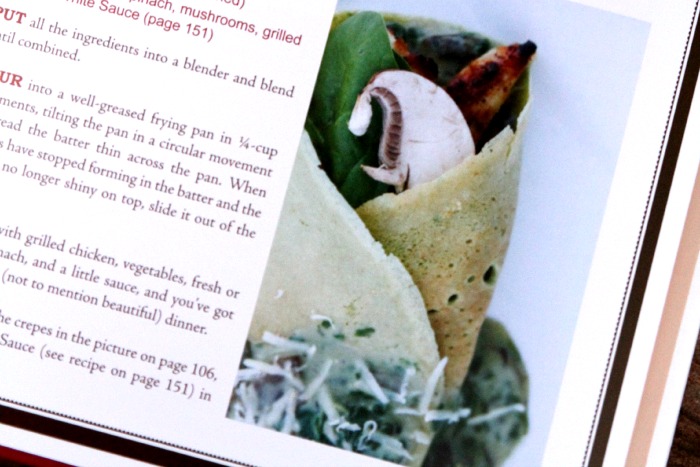
Basil Dinner Crepes
Sweet Breads
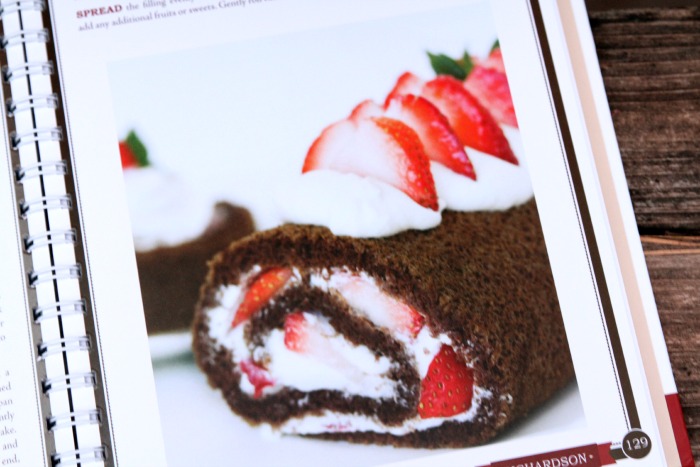
Swiss Roll Cake
Bonus Recipes

Croutons & Stuffing
One More Favorite…
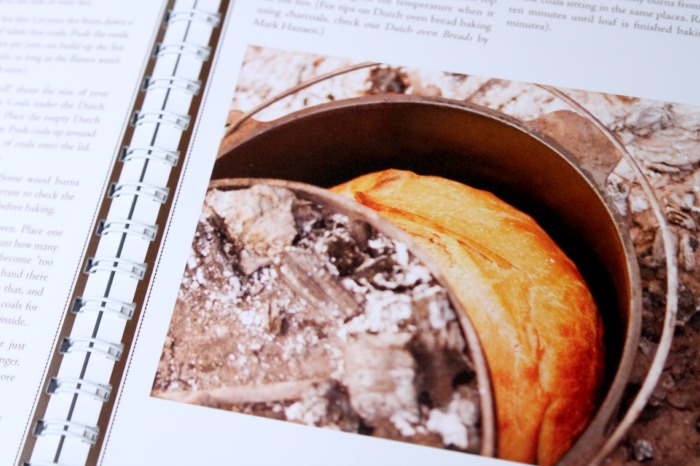
Campfire Dutch Oven Bread
As you’ve probably noticed, these books are full off beautiful pictures throughout and it’s laid out in a way that is very easy to follow.
If you’re ready to get started with natural yeast, or take it to the next level, these books are packed with everything you need to feel confident in doing so.
She truly makes me want to get in the kitchen, grab some starter, and begin whipping up some healthy and delicious bread!
I want to hear your experiences –> Have you ever tried cooking with natural yeast or do you think you could benefit from doing so?
The post What is Natural Yeast & 3 Health Benefits No One Tells You About! appeared first on Prepared Housewives.
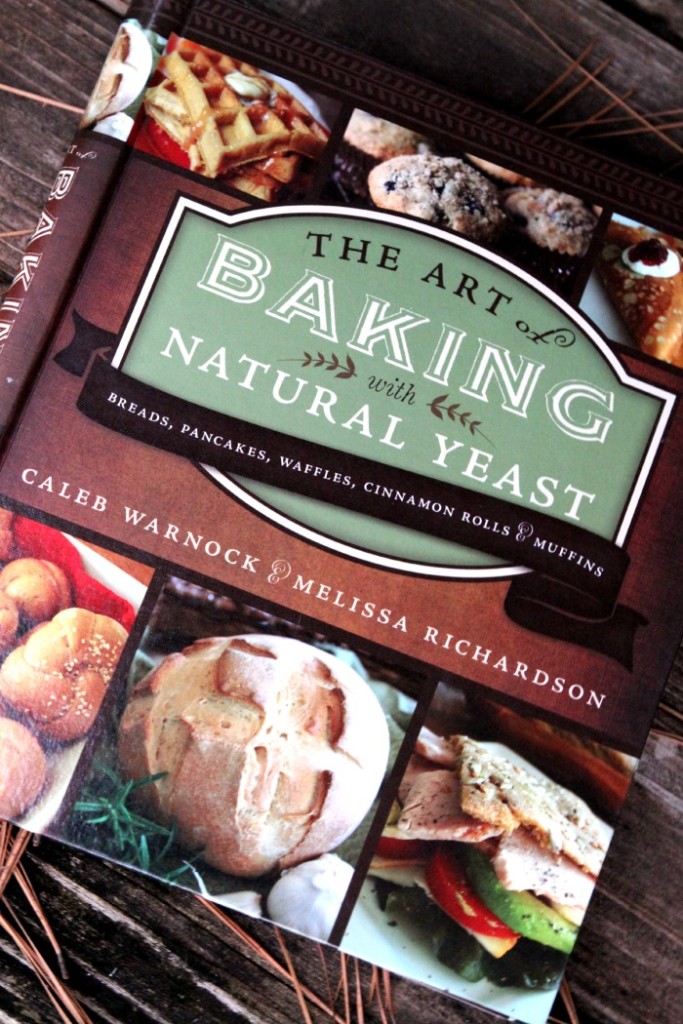


 The Art of Baking with Natural Yeast
The Art of Baking with Natural Yeast




















